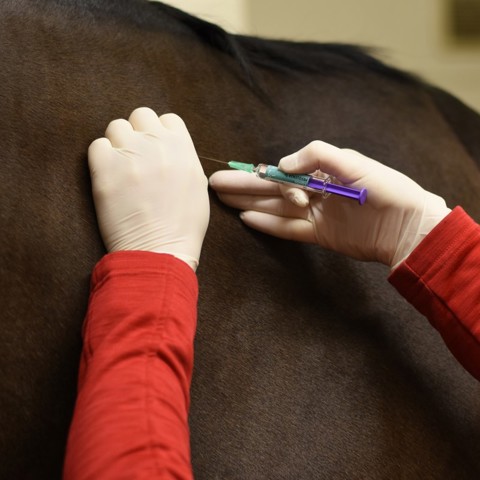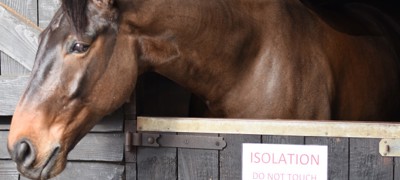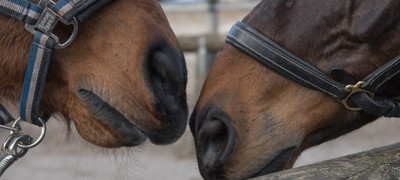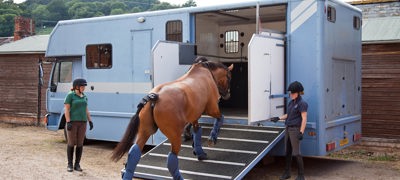Event organisers and venues should have biosecurity procedures and risk assessments in place to reduce the risk of disease. We recommend that you familiarise yourself with these before the event and if you don’t feel comfortable with the measures put in place, it’s advisable not to attend.
When you take your horse to an event, it’s important to consider how you’ll prevent the spread of disease before, during and after the event or competition. A horse may appear healthy, but could be suffering with an infectious disease without showing any physical signs.

Before an event
chevron-down
chevron-up
- Make sure your horse’s vaccinations are up to date. As a minimum, we advise keeping up to date with equine influenza and tetanus vaccines (although not contagious, tetanus is a life-threatening disease for horses).
- Check what the specific vaccination requirements are with the event organisers or relevant governing body. If your horse doesn’t meet these requirements, you’re unlikely to be allowed to attend or compete. If you’re a member of British Riding Clubs, details of their vaccination requirements are included in their BRC Handbook.
- Remember to check the vaccination rules of the venue if you’re hiring equestrian facilities.
- Other vaccinations are available for strangles and equine herpes virus (EHV)to help prevent both respiratory disease and abortion caused by EHV-1 and/or EHV-4. The EHV vaccine is especially recommended for horses under five years old as they’re particularly susceptible to respiratory disease.
- Make sure your equipment and transport, including the tyres, were cleaned and disinfected after your last trip out.
- There are benefits to shared transport such as reducing cost and sustainability, especially if undertaking long journeys for example Cornwall to a BRC Championships in the Midlands. Where horses from different yards share transport, monitor the horses’ temperatures once back at the yard or during a longer time away from the yard.
- Don’t take your horse to any event if they, or another horse on your yard, is showing any signs of not being well.
- A horse’s normal temperature should be 37.5-38.5°C, though each horse will have their own individual normal within this range
- Taking your horse’s temperature regularly, especially in the lead up to an event, will allow you to see any sudden changes that may indicate illness
- Should your horse’s temperature suddenly spike, speak with your vet.
- If travelling abroad to an event, check the country’s status for West Nile virusand other equine diseases and make sure to take precautionary action where necessary.
At an event
chevron-down
chevron-up
- Take your own water supply, or clean buckets if using event taps, and avoid sharing equipment
- Check the stable is clean if your horse is being stabled at an event
- Be aware that some venues won’t disinfect stables before your arrival and any leftover bedding may be clean from muck but used by the previous horse. You may opt to bring your own disinfectant in a spray bottle.
- It’s strongly advised to use fresh, clean bedding that hasn’t been used by another horse where possible
- Wash your hands after touching other horses
- Prevent contact with any other horses off your yard
- Avoid grazing your horse at the venue or use an area away from other horses
- Make the event organiser aware if your horse becomes unwell.
After an event
chevron-down
chevron-up
- Clean and disinfect your equipment and transport, including the tyres, when you return from the event
- Where possible, monitor your horse’s temperature after an event to spot any potential infection early1
- Inform the event organiser or venue if your horse has a contagious disease confirmed by the vet following an event
- Remember, an infected horse may not show signs of illness straight away. For example, it may take 3-21 days for your horse to show symptoms of strangles.
Herd management
The management of keeping horses in different herds, where possible, may help to reduce the risk of disease spread. For example, if they are compatible, keeping older, non-competition and competition horses in separate herd groups and stabled within the same areas on the yard, or as appropriate for any alternative methods of keeping horses. This management may help to reduce the risk of a disease spreading through the entire yard in the event of an outbreak3.
References
- Biosecurity - British Equestrian
- McLinden, L. et al (2023) Advances in the understanding, detection and management of equine strangles. Equine Veterinary Journal. 35(12) P 662-672.
- British Equestrian Federation (2024) Advice notes for equine gatherings.
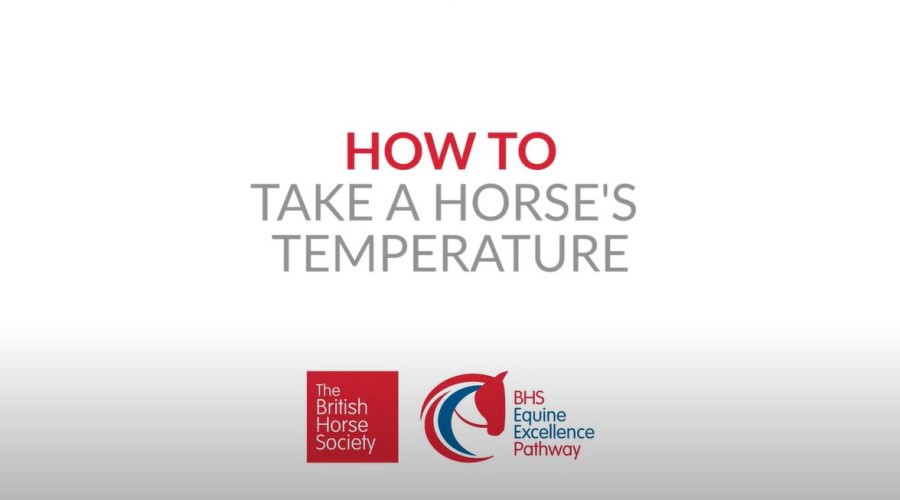 play-circle
play-circle
Watch

